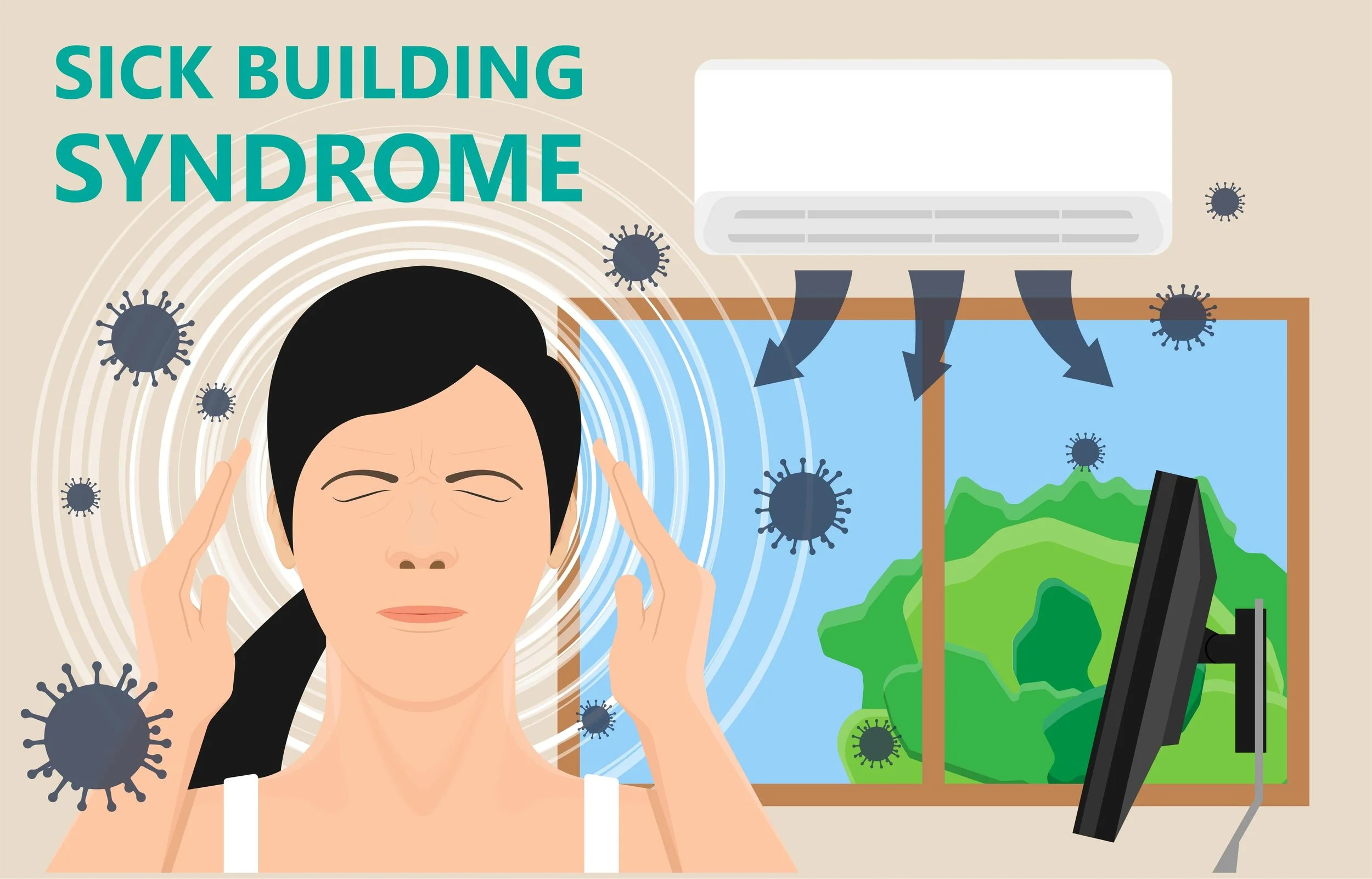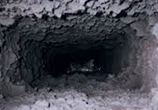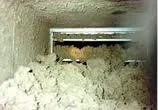What is Sick Building Syndrome?
Estimated Reading Time: 3.5 minutes
Sick Building Syndrome (SBS)
Noun
“a condition affecting office workers, typically marked by headaches and respiratory problems, attributed to unhealthy or stressful factors in the working environment such as poor ventilation.”
Sick Building Syndrome usually refers to the workplace environment but is also relevant in our homes. The National Institute for Occupational Safety and Health considers Sick Building Syndrome as simply Indoor Air Quality (IAQ).
Sick Building Syndrome is when the indoor environment of the building becomes sick (as the name suggests). Getting contaminated with viruses, and sickness of various types, the home or workplace does not have adequate filtration or ventilation to expel the pollutants, leaving the home or workplace as a breeding ground for bacteria, viruses, and even mold. The cause of Sick Building Syndrome is the same as causes of poor Indoor Air Quality (IAQ).
If you or other building occupants consistently have the following SBS symptoms when inside your home or workplace, you may suffer from Sick Building Syndrome.
Headaches and Dizziness
Nausea (feeling sick)
Aches and Pains
Fatigue (Tiredness)
Poor concentration
Shortness of breath or chest tightness
Eyes, nose and throat irritation
Irritated, blocked, or runny nose
Sick Building Syndrome also applies to indoor home air, not just the office environment.
With the well-known Coronavirus (COVID-19) pandemic still ongoing, a common precaution is to self-isolate for a minimum of 5-days up to 14-days if you have been marked with the virus, or have been exposed to someone with the virus.
What does this mean? Quite simply, you have to stay home for the specified amount of days, and most of us spend our time indoors; especially if we’re sick. With each contagious breath expelled from the human body - it can circulate inside your home through the vents and ductwork. This is why government officials across the world recommend proper ventilation systems, and to upgrade them if necessary with filtration systems.
Examples of Dirty Duct Work:
It’s more than just viruses from colds; SBS can come from outdoor sources such as motor vehicle exhausts, chemical contaminants, carbon monoxide, and common air pollutants such as dust, dirt, pollen, pet hair, pet dander, and more. All of these can nest inside the heating, ventilation, and air conditioning system which can become a nest for viruses to live in. In some bad cases, even mold can grow in this environment.
All of these particulates can become allergenic, which can trigger someone’s asthma, allergies, or a simple cough or sneeze. It is important to remove any sources or materials that can harbor these particulates in order to reduce the risk factor of Sick Building Syndrome.
What are your solutions for Sick Building Syndrome?
If you don’t have the luxury of being able to have any filtration or to get your ducts cleaned, open your windows when possible. Having airflow inside your home is crucial, that is why all new homes built in Ontario require an ERV/HRV system to be installed since 2017. But make sure you maintain a healthy temperature, in March it is still cold outside!
Get high-quality filtration products. Platinum Air Care offers a wide range of air filtration products, but the most important systems right now are the virus destroying Platinum PCO Ultra-Violet Light System and/or the RPS 600S Portable Air Purifier. These units neutralize biological bacteria and viruses that are too small to be filtered and are one of the best options in removing Sick Building Syndrome.
Have your ducts been cleaned? As mentioned earlier, removing any pile-up of dust or dirt in your vents is another cost-effective way of reducing pollutants in the HVAC system which can lead to Sick Building Syndrome. Click Here To Book Duct Cleaning.
If you need help finding the best air purifier solutions to tackle your indoor air quality problems, let us help.





